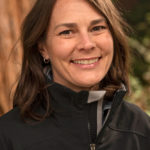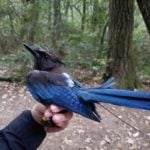
Media Contact:
Robin Carr, Landis Communications Inc.
Email: Redwoods@landispr.com | Phone: (415) 766-0927
Giant Sequoia sequencing also completed; Partners to make data publicly available today
Download the full press release
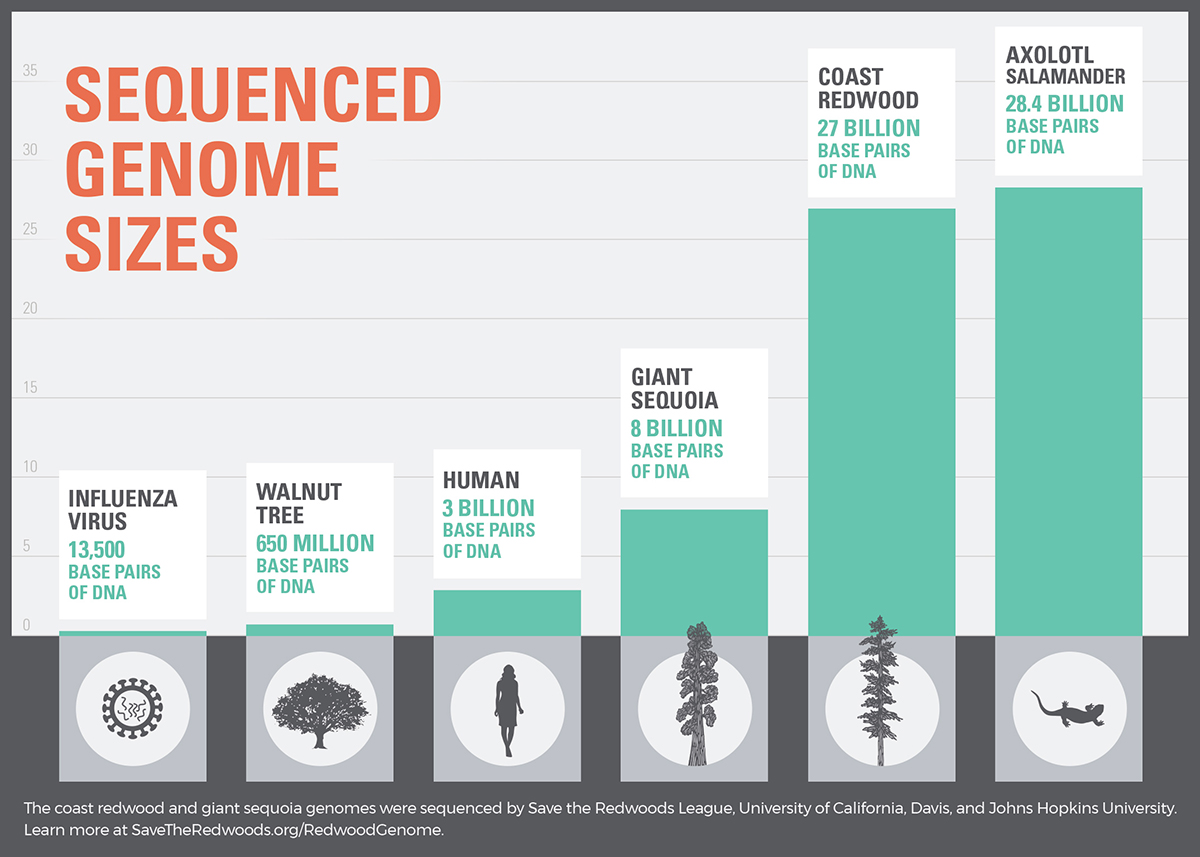
San Francisco (April 23, 2019) — Save the Redwoods League, University of California, Davis, and Johns Hopkins University have successfully sequenced the coast redwood and giant sequoia genomes, reaching the first major milestone of a five-year project to develop the tools to study these forests’ genomic diversity. The coast redwood genome is now the second largest ever sequenced at nearly 9 times the size of the human genome. The genome of the giant sequoia is roughly 3 times that of the human genome.
Over the last 150 years, 95 percent of the ancient coast redwood range and about one-third of the giant sequoia range have been logged. With this unprecedented loss of old trees and the addition of redwood clones often planted in their place, conservationists have grown concerned that the forests’ genomic diversity has fundamentally changed, which could leave the redwoods vulnerable to drought, fire and other stressors related to climate change.
“When we celebrated the League’s 100th anniversary last year, we reaffirmed our commitment to restore entire landscapes of young, recovering redwood forests,” said Sam Hodder, president and CEO of Save the Redwoods League. “Sequencing the coast redwood and giant sequoia genomes for the first time opens a new scientific frontier for our restoration projects. This work will reveal the forests’ genetic identity so that we can protect the diversity that’s left, and in some areas, restore what was lost.”
“Our goal is to provide Save the Redwoods League and forest resource managers modern genomic tools to assist with the restoration of the redwood forest,” said Dr. David Neale, professor in the Department of Plant Sciences at the University of California, Davis. “Completing the sequences of the coast redwood and giant sequoia genomes is the first step and the foundation upon which everything gets built. In the next phase of our research, we’ll begin to uncover the amount of genetic variation that exists in redwood populations and associate that variation to the environments to which they’re adapted.”
Sequencing Conifer ‘Mega-Genomes’
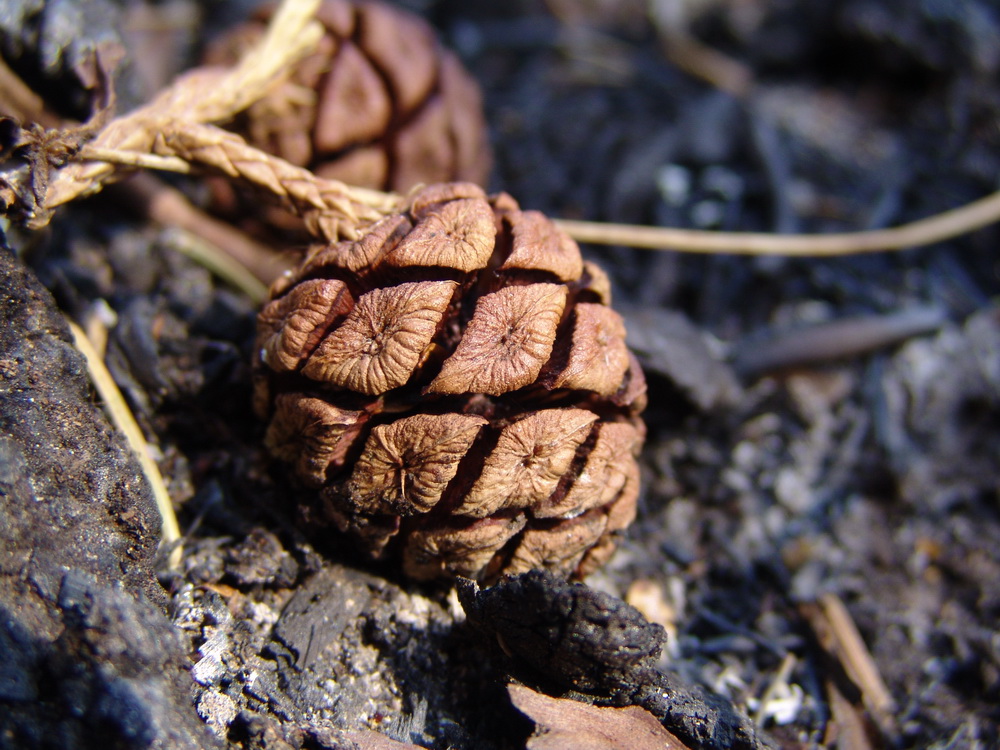
With this major milestone of the research complete, the coast redwood genome is now the second largest genome ever sequenced. Its genome is nearly 9 times the size of the human genome, with 6 sets of chromosomes (hexaploid) and 27 billion base pairs of DNA. The giant sequoia has 2 sets of chromosomes (diploid) and over 8 billion base pairs. The largest genome sequenced to date belongs to the axolotl, a North American salamander whose genome was completed in 2018 (diploid; 28.4 billion base pairs).
“We pushed the boundaries of genome sequencing technology to take on the redwood and sequoia mega-genomes,” said Dr. Steven Salzberg, professor of Biomedical Engineering at Johns Hopkins University. “After using our specially developed algorithms to assemble these enormous and complex genome sequences, we have gained a new appreciation for how difficult it is to put together a hexaploid genome, especially one as large as the coast redwood’s.”
Full sequencing of conifer genomes has only been possible in the last decade.
What’s Next Now that the Sequences Are Complete
The redwood genome project was launched in late 2017, with a projected five-year timeline. By the end of the project, the genome sequences and the screening tools developed will allow field crews to quickly assess adaptive genomic diversity in redwood forests to inform management plans that restore the health and resilience of these forests throughout their natural ranges. With the genomes sequenced, the League will work to inventory diversity across the landscapes and identify “hot spots” of genomic diversity for enhanced protection and areas of low diversity for restoration.
“Every time we plant a seedling or thin a redwood stand to reduce fuel loads or accelerate growth, we potentially affect the genomic diversity of the forest,” said Dr. Emily Burns, director of science for Save the Redwoods League. “With the new genome tools we’re developing now, we will soon be able to see the hidden genomic diversity in the forest for the first time and design local conservation strategies that promote natural genomic diversity. This is a gift of resilience we can give our iconic redwood forests for the future.”
The researchers have made the coast redwood and giant sequoia sequence data available to the scientific community at large through the UC Davis website.
During the next stage of the project, researchers will create a database capturing range-wide genomic variation within each species; develop genotyping tools that will allow resource managers to identify coast redwood and giant sequoia genetic variation while in the field; compile forest genetic inventories; and launch pilot restoration projects based on the accrued data.As a nonprofit public benefit organization, Save the Redwoods League partners with generous members and supporters to fund our work. A significant lead gift to fund the initial sequencing of the genomes was provided by Ralph Eschenbach and Carol Joy Provan. The League is continuing to raise philanthropic funds to support the next phases of this study. To support this groundbreaking initiative, please visit the League’s website at SaveTheRedwoods.org/Genome.
To access images or videos, visit our newsroom for resources. To schedule an interview, please contact Robin Carr, Landis Communications, at (415) 766-0927 or Redwoods@landispr.com.
Project updates are available at SaveTheRedwoods.org/RedwoodGenome.
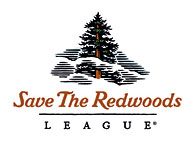
Save the Redwoods League
One of the nation’s oldest conservation organizations, Save the Redwoods League has been protecting and restoring redwood forests since 1918, connecting generations of visitors with the beauty and serenity of the redwood forests. Our 24,000 supporters have enabled the League to protect more than 216,000 acres of irreplaceable forest in 66 state, national and local parks and reserves. For more information, go to SaveTheRedwoods.org, or to sign up for updates, please visit SaveTheRedwoods.org/signup.
University of California, Davis
UC Davis is a public institution, land-grant university and pioneer in interdisciplinary problem-solving. Its four colleges, five professional schools, more than 100 academic majors and 86 graduate programs make it the most comprehensive of all the University of California campuses.
Tags: 2019, forest management, genetic diversity, Press Release, redwood genome, Redwood Genome Project
